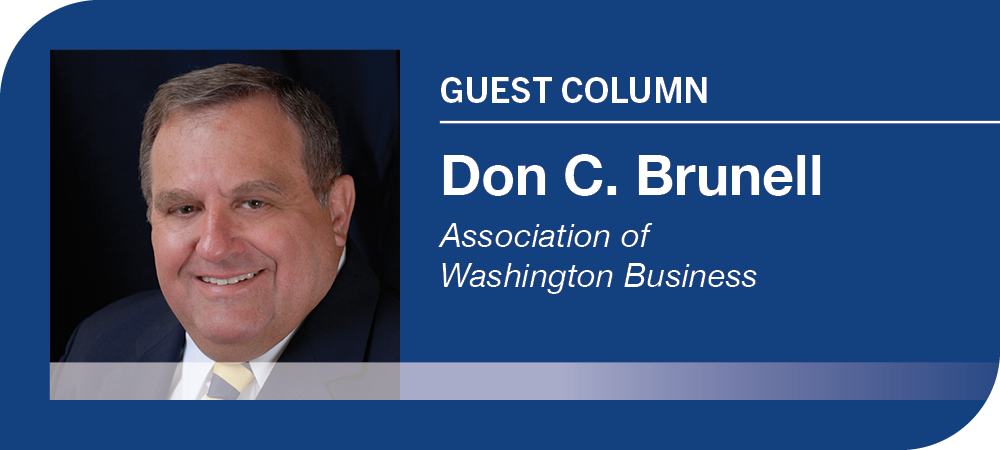
Home » America needs more diverse fuel sources
America needs more diverse fuel sources

May 12, 2022
The news that President Joe Biden plans to resume leasing federal land for oil exploration maybe good five years from now, but that action alone won’t bring down record gas prices at the pump in the months ahead.
According to American Automobile Association (AAA), the national average for a gallon of regular gasoline was $4.24 on May 5, up from $4.17 a gallon a month ago. In the Tri-Cities, the average was $4.49 a gallon, up from $3.24 a year ago.
The Interior Department announced it would put 144,000 acres of government land up for auction. In exchange, Biden wants higher royalties on federal land oil production. It increases by six points – to 18.75% from 12:75%
US Oil & Gas Association president Tim Stewart told Fox News the new policy will compound the problem. We have a short-term production shortfall right now. Additional leasing will push this problem out for three, five, seven, 10 years.
The president continues to avoid more immediate remedies.
One is reversing his order which killed the Keystone XL pipeline. It alone would dramatically increase deliveries of crude from Canada and the Bakken fields in North Dakota and Montana to Midwest and Gulf of Mexico refineries. The unfinished pipeline would be 875 miles and have the capacity to transport 830,000 barrels per day.
Another solution closer to home is to increase Alaska oil and natural gas production and send more domestic crude to west coast refineries.
According to Sightline Institute, the five oil refineries on Puget Sound provide almost all of Oregon and Washington gasoline, diesel and jet fuel. In 2021, before Russia invaded Ukraine, our state’s refineries imported 10 million barrels of Russian crude.
Last June, Biden suspended oil and gas leases in Alaska’s Arctic National Wildlife Refuge (ANWR). It is one of America’s single greatest prospects for future domestic oil production. In 2002, estimates were it contained from 10 billion to 17 billion barrels of recoverable oil, enough to replace 58 years of Iraqi oil imports.
ANWR is 19.6 million acres of frozen tundra – larger than the states of Massachusetts, New Jersey, Hawaii, Connecticut and Delaware combined. Oil exploration would occur on less than 2,000 acres of land, comparable to a small dot on an 8-by-10-inch sheet of paper.
On Alaska’s North Slope, drilling takes place during the winter over roads built on sheets of ice. When the ice melts, the roads disappear. The production pads are different from traditional oil derricks spread across Oklahoma, Texas and southern California.
Prudhoe Bay is proof that we can safely produce Alaskan oil. In the intervening years, drilling technology has greatly improved, with environmentally friendly units able to drill dozens of underground wells for miles from one small pad only a few acres in size.
Admittedly, the nation’s largest oil spill was in Alaska’s Prince William Sound in March 1989 when the Exxon Valdez strayed off course and struck a reef. America must ensure that accidents, whether they be oil spills from domestic or foreign tankers or fires from overheated lithium batteries, do not happen.
The bottom line is our country requires lots of energy and needs diversity which includes carbon fuels. All sources must have the best proven pollution control and safety technology.
Biden needs to lower the cost of gas for transportation and natural gas for heating, cooking and industrial production. He needs to act in ways that make a difference in the months ahead.
Simple drawing down our strategic oil reserves or pandering to foreign oil producers who are unfriendly, creates a bigger problem rather than a practical domestic solution. For Washington, looking north to Alaska and Canada is a much better solution than buying from Russia.
Don C. Brunell is a business analyst, writer and columnist. He retired as president of the Association of Washington Business, the state’s oldest and largest business organization, and now lives in Vancouver. He can be contacted at theBrunells@msn.com.
Opinion
KEYWORDS may 2021




